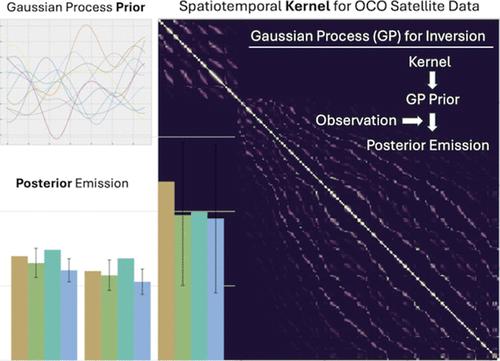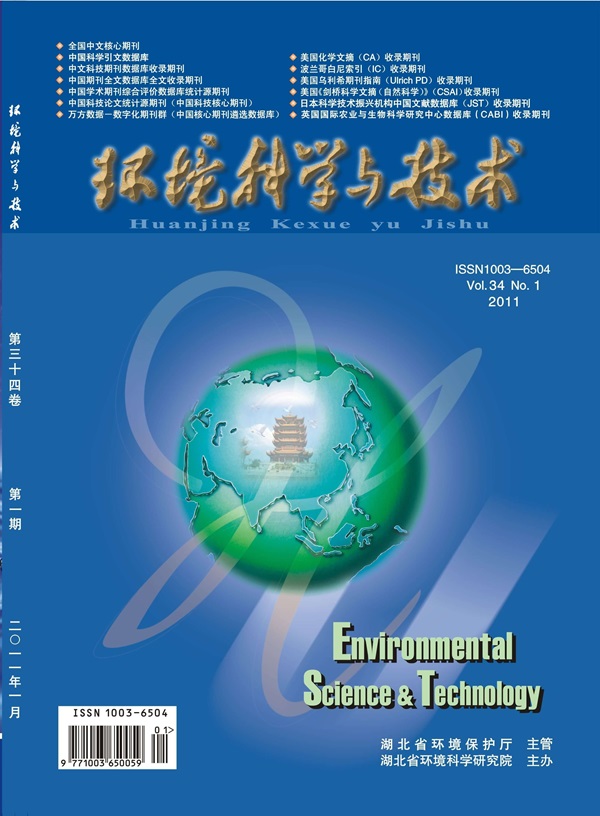Applying Gaussian Process Machine Learning and Modern Probabilistic Programming to Satellite Data to Infer CO2 Emissions
IF 10.8
1区 环境科学与生态学
Q1 ENGINEERING, ENVIRONMENTAL
引用次数: 0
Abstract
Satellite data provides essential insights into the spatiotemporal distribution of CO2 concentrations. However, many atmospheric inverse models fail to adequately incorporate the spatial and temporal correlations inherent in satellite observations and often lack rigorous methods for estimating parameters like spatial length scales. We introduce an inference model that processes the spatiotemporal covariance in satellite data and estimates hyperparameters such as covariance length scales. Our approach uses the Gaussian process (GP) machine learning (ML) and modern probabilistic programming languages (PPLs) to perform atmospheric inversions of emissions from satellite data. We develop a GP ML inversion system based on modern PPLs and the GEOS-Chem chemical transport model, simulating atmospheric CO2 concentrations corresponding to the Orbiting Carbon Observatory-2/3 (OCO-2/3) data for July 2020. In our supervised learning framework, we treat the GEOS-Chem simulated data set as the target, with predictors derived by scaling the target with sector-specific factors hidden from the GP machine. Our results show that the GP model, combined with GPU-enabled PPLs, effectively retrieves true emission scaling factors and infers noise levels concealed within the data. This suggests that our method could be applied over larger areas with more complex covariance structures, enabling comprehensive analysis of the spatiotemporal patterns observed in OCO-2/3 and similar satellite data sets.

求助全文
约1分钟内获得全文
求助全文
来源期刊

环境科学与技术
环境科学-工程:环境
CiteScore
17.50
自引率
9.60%
发文量
12359
审稿时长
2.8 months
期刊介绍:
Environmental Science & Technology (ES&T) is a co-sponsored academic and technical magazine by the Hubei Provincial Environmental Protection Bureau and the Hubei Provincial Academy of Environmental Sciences.
Environmental Science & Technology (ES&T) holds the status of Chinese core journals, scientific papers source journals of China, Chinese Science Citation Database source journals, and Chinese Academic Journal Comprehensive Evaluation Database source journals. This publication focuses on the academic field of environmental protection, featuring articles related to environmental protection and technical advancements.
 求助内容:
求助内容: 应助结果提醒方式:
应助结果提醒方式:


